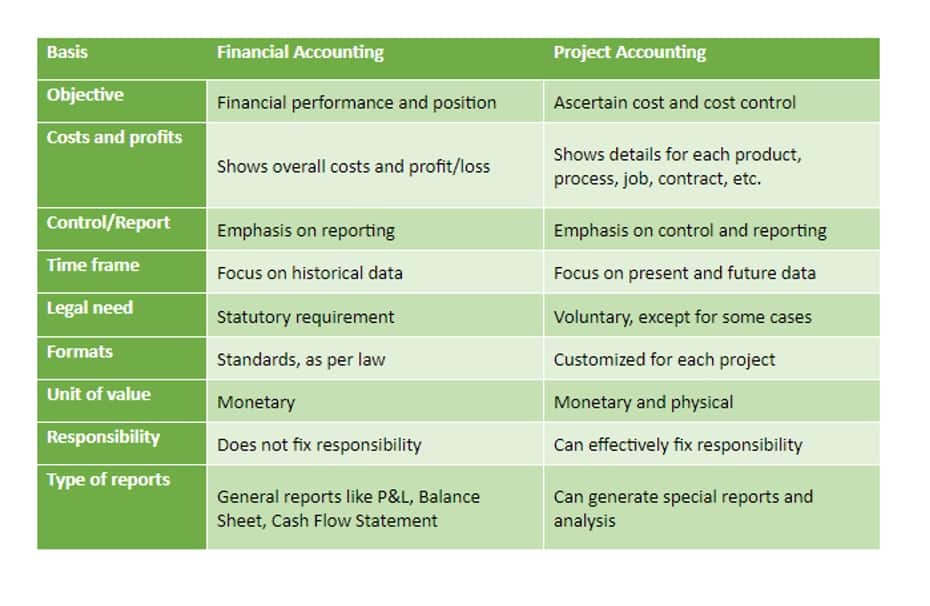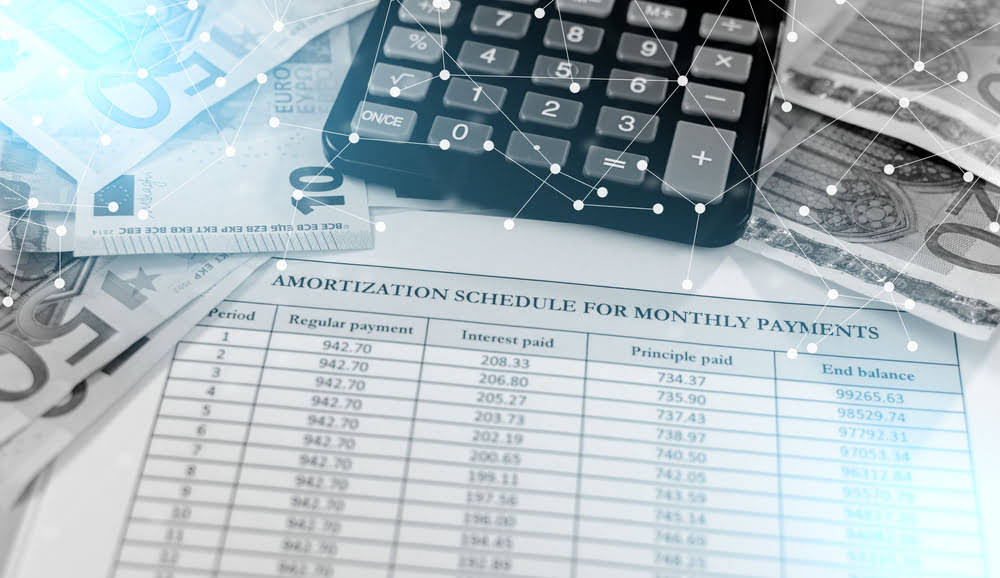Variable Costs Definition, Types, Examples, Formula

By optimizing their processes and reducing waste, companies can actually decrease their variable costs. For instance, a business could achieve substantial savings through energy efficiency, reduced waste production, or use of recycled materials, all of which align with sustainability goals. In each of these cases, a thorough understanding of variable costs aids in making informed, strategic decisions that can significantly impact a business’s bottom line. This is why managing variable costs is not just a matter of monitoring expenses, but a key function of variable cost definition economics overall business management. More specifically, when production or sales increase, variable costs increase, and when production or sales decrease, variable costs decrease.
Marginal Cost: Meaning, Formula, and Examples
They typically did not emphasize the distinction between variable and fixed costs in the short term. Do you still have questions about variable costs and how they affect your business profitability? Understanding and managing variable costs equations are integral to financial planning, strategic decision-making. Thus, external factors caused a $29700 change in variable expense for other months (despite outputting the same production levels). Now that we understand the basics, formula, and how to calculate variable costs equation, let us also explore the practical application through the examples below. The following list contains common examples of variable expenses incurred by companies.
- For example, a consulting firm may have variable costs related to travel expenses and hours spent on client projects.
- Variable costs are directly tied to a company’s production output, so the costs incurred fluctuate based on sales performance (and volume).
- Meanwhile, its variable costs—such as inventory purchases—depend on how much the store expects to sell.
- Marginal cost analysis also provides valuable insights for pricing strategies and helps businesses respond effectively to market changes.
- This could lead to an increase in variable costs in the short term.
Why Variable Costs Matter

The total expenses incurred by any business consist of fixed costs and variable costs. Fixed costs are expenses that remain the same regardless of production output. Whether a firm makes sales or not, it must pay its fixed costs, as these costs are independent of output. The average variable cost, or “variable cost per unit,” equals the total variable costs incurred by a company divided by the total output (i.e. the number of units produced).
Variable Cost Ratio = Variable Costs / Net Sales

Marginal cost differs significantly from other cost metrics, such as average cost and fixed cost. Variable costs are expenses that fluctuate in direct proportion to the volume of goods or services that a business produces. If production increases, the variable costs increase correspondingly. For instance, if a company manufactures more products, it may need more raw materials, leading to increased costs.
Upon completion, earn a prestigious certificate to bolster your resume and career prospects. In contrast, costs of variable nature are generally more difficult to predict, and there is usually more variance between the forecast and actual results. Careful planning and sharing is important because it remains consistent regardless of production volume.
- In economics and business, understanding the structural composition of costs is crucial for financial planning, budgeting, and decision-making.
- The operational implications of variable costs are tied to business scalability and profitability.
- Cost per unit of output, calculated by dividing total variable cost by the number of units produced.
- Similarly, if the company produces 1,000 units, the cost will rise to $2,000.
- Calculating marginal cost accurately can be complex, especially in businesses with multiple product lines or shared resources.
- Total contribution is the difference between total revenue and total variable costs.
- For this reason, variable costs are a required item for companies trying to determine their break-even point.
A company must still pay its rent for the space it occupies to run its business operations irrespective of the volume of product manufactured and sold. Although fixed costs can change over a period of time, the change will not be related to production. Variable costs are defined by their variability Bookkeeping for Startups and direct relationship with production output. They are considered variable because they vary with the level of output.

However, anything above this has limitless potential for yielding benefits for the company. Variable costs are usually viewed as short-term costs as they can be adjusted quickly. For example, if a company is having cash flow issues, it may immediately decide to alter production to reduce costs. Variable costs generally appear on an income statement under cost of goods sold (COGS) or cost of sales, as highlighted in the image below. OneMoneyWay is your passport to seamless global payments, secure transfers, and limitless opportunities for your businesses success. Variable costs are crucial in development economics when analyzing cost structures of emerging markets and the scalability of production in economically developing regions.
The first type of variable costs we’ll delve into is direct materials. The cost of these materials tends to vary proportionally with the volume of https://pakistancreates.com/bookkeeping-7/what-is-a-retail-account-definition-and-examples/ units produced. As a result, when output increases, direct material costs also increase and vice versa. For example, in a shoe manufacturing business, the leather used to make shoes would be a direct material cost. An increase in shoe production would consequently result in an increase in the leather costs, provided the price of leather remains constant.
AVC is a crucial concept in understanding a firm’s cost structure and decision-making in the context of short-run production and perfect competition. Variable costs are expenses that change in proportion to the production volume or activity level of a business, such as raw materials, direct labor costs, and sales commissions. They increase or decrease directly based on the quantity of output or level of production. A variable cost is any expense that rises or falls directly in line with the level of production or output. Unlike fixed costs—such as rent or insurance—variable costs are tied directly to business activity, making them an important factor in managing expenses.

